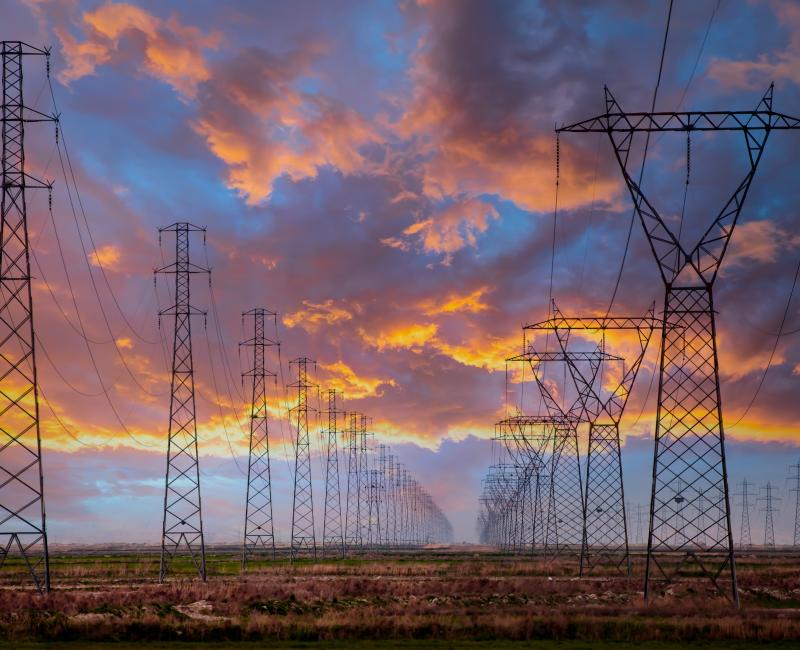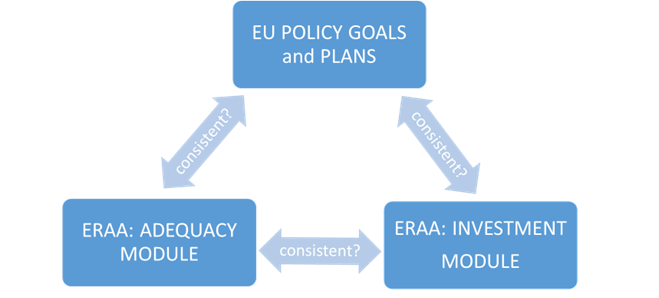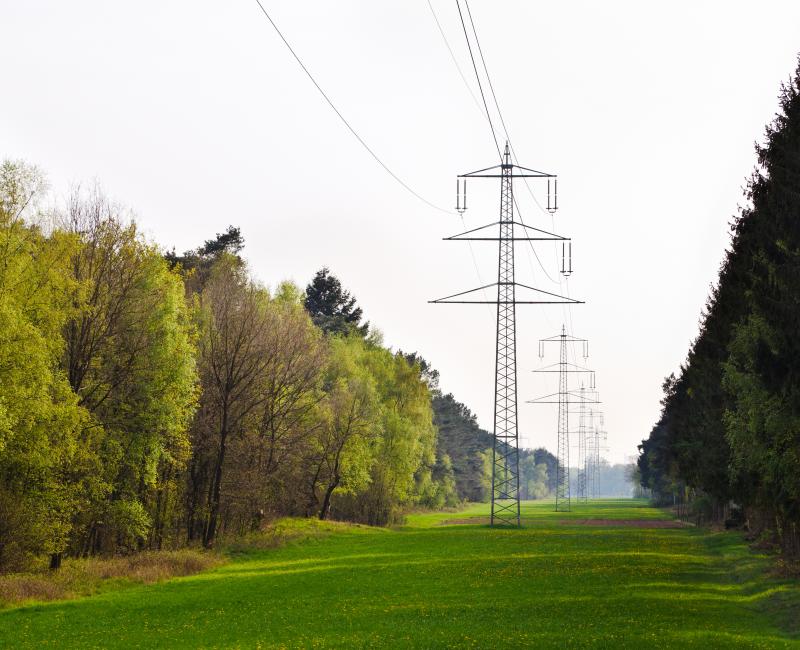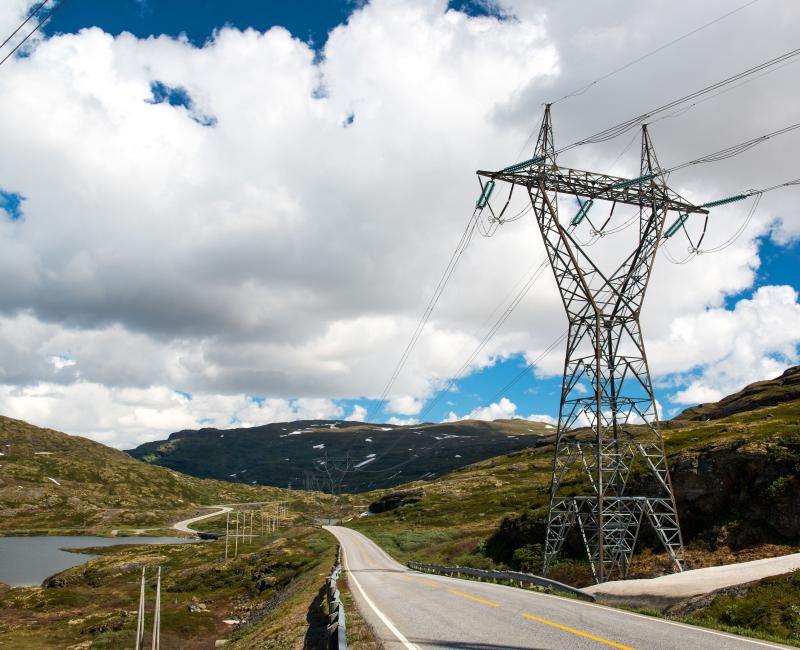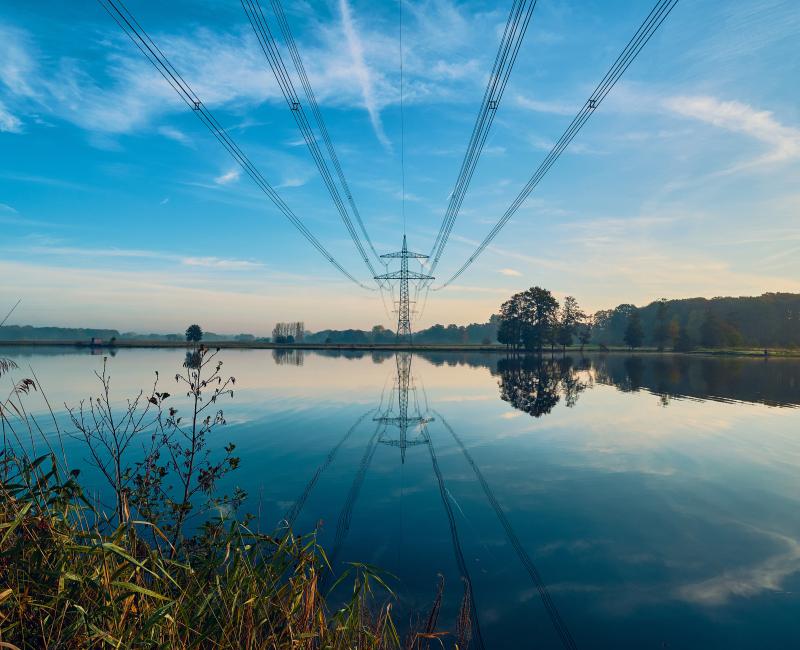ACER approves the amendments to the methodology for calculating scheduled exchanges resulting from single day-ahead coupling
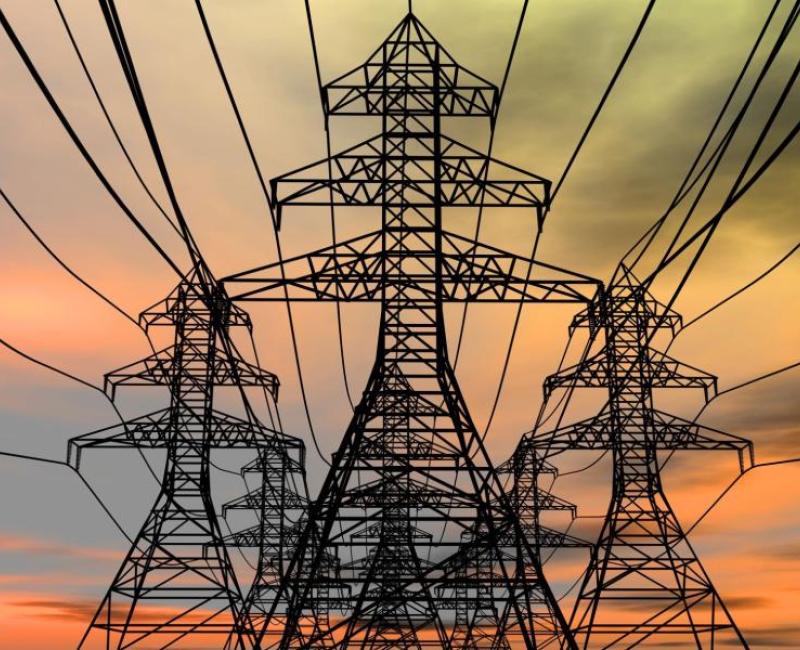
ACER approves the amendments to the methodology for calculating scheduled exchanges resulting from single day-ahead coupling
What is it about?
On 30 May 2023, ACER approved the Transmission System Operators’ (TSOs’) proposal of 20 December 2022 to amend the methodology for calculating scheduled exchanges resulting from single day-ahead coupling (SDAC).
What is it about?
On 25 January 2023, the EU National Regulatory Authorities (NRAs) referred to ACER a joint TSOs’ proposal on the amendments to the methodology for calculating scheduled exchanges resulting from SDAC under the Capacity allocation and congestion management (CACM) Regulation.
What are the amendments about?
Having gained experience from multiple nominated electricity market operator (NEMO) arrangements, TSOs identified improvements to the methodology, particularly for calculating scheduled exchanges between NEMO trading hubs.
Before approving the TSOs’ proposal, ACER assessed whether changes would contribute to market integration, non-discrimination, effective competition and proper functioning of the EU electricity market. To make an informed decision, ACER also consulted stakeholders in March 2023.
What are the next steps?
TSOs shall implement the methodology for calculating scheduled exchanges resulting from SDAC no later than three months after its approval, i.e. by 30 August 2023.
Access the:
